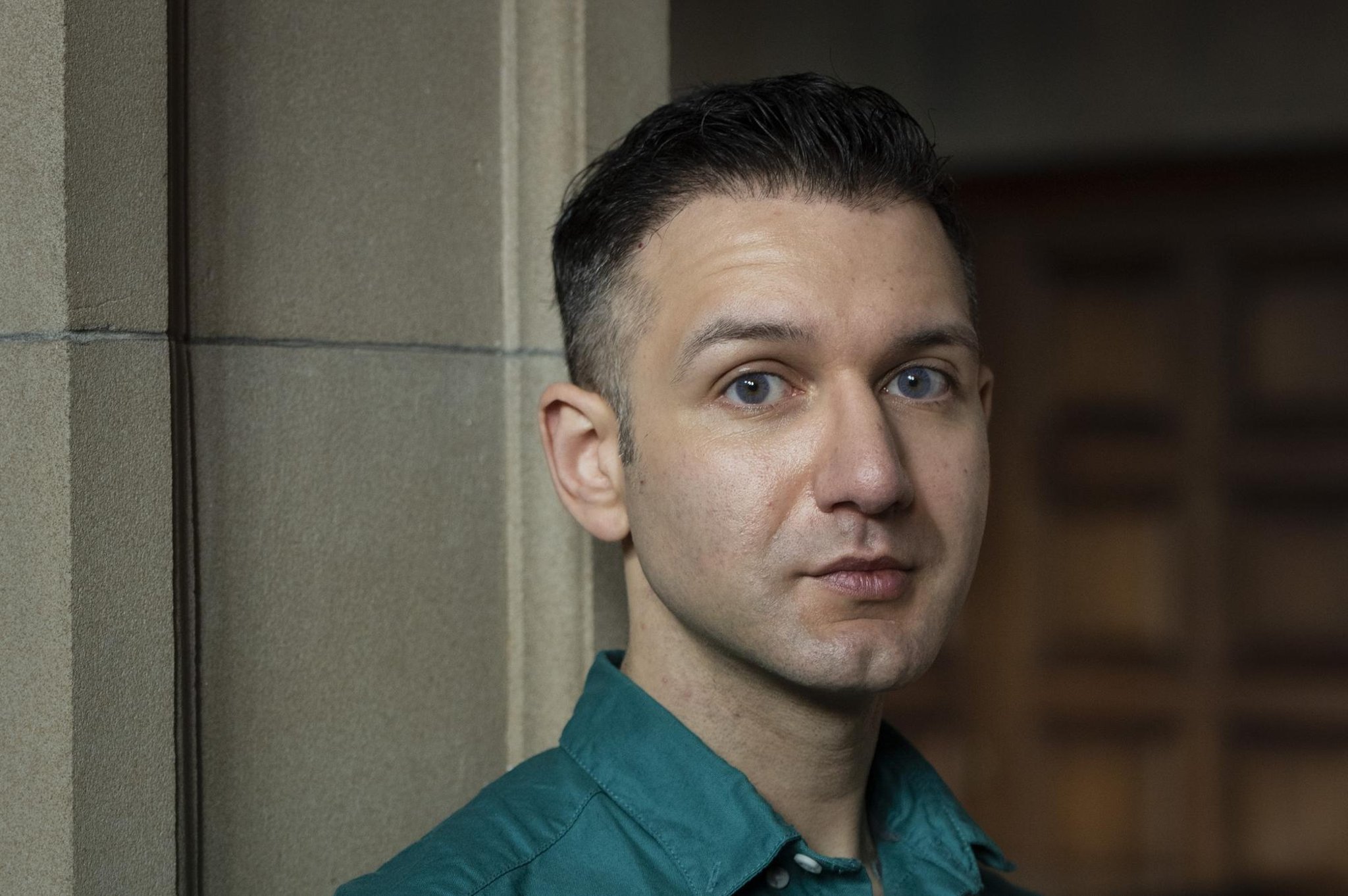[ad_1]
“It is not easy to write about abstract painting,” the late artist Louise Fishman once said, expressing both general truth and personal concern. Perhaps finding that paper – a medium for verbal and visual articulation – was most helpful in helping him resolve this dilemma, Fishman annotated several of his works on paper with all-caps writing, a constant ensemble. expansion of fragments and diaristic ideas which are the common thread throughout this sensitive and immersive journey of his drawings. “This is working class Jewish lesbian art. In case you didn’t already know, ”a 1973 pencil sketch modestly asserts. The image depicts an idiosyncratic pie chart in which a circle is divided into variously shaded segments accompanied by notational inner discourse. Fishman’s inner dialogue is alternately reprimanded (“not hard enough”) and vulnerable (“What I often forget is that headaches are scary – these 3 designs are scary”), which gives the otherwise modest piece feels like a meaningful summary of her perpetually interrogative practice, hitherto defined by her large-format paintings.
Spanning the course of Fishman’s career, from his years in the Master of Fine Arts program at the University of Illinois in the early 1960s through 2018, over a hundred works on display at the Krannert Art Museum comes almost entirely from Fishman’s personal collection and most have never been exhibited before. Avoiding a linear and evolving structure, the exhibition, curated by the museum’s curator of modern and contemporary art, Amy L. Powell, in close collaboration with the artist, who died just a month before its opening, is rather organized according to La Fishman’s formal grammar, with sections titled “Transfers”, “Grids”, “Curves”, “Flat Folds” and “Expressions”. Inside each one, graphic and pictorial gestures, chronologies and materials collapse and intermingle. In “Grids,” for example, an oil on heavy paper and block drawing from 1975 appears alongside a loosely scribbled oil and oil stick painting from 2001; in “Curves”, a grid of large hatches from 2001 hangs next to a series of horse silhouettes in ink on paper from 1995. Walking through the galleries, one becomes attentive to the creative strategies of Fishman but also detached from their specificity – see, on the contrary, how they fueled a continuous process of invention and revision, disclosure and occlusion.

Louise Fishman, No Title (This is working class Jewish lesbian art. In case you didn’t already know), 1973, graphite on paper, 24 by 18 inches.
Courtesy of the artist / © Louise Fishman
The most cohesive form of the exhibit is the accordion-style leporello book, nearly a dozen of which are scattered throughout the exhibit, their interiors unfolding to reveal intricate paintings that embrace the rhythm of sequential images. or cross the pages to create a continuous whole. Fishman turned to leporello in 1992, after a fire destroyed her studio, along with all of her art and possessions. It was a crippling trauma from which she slowly reassembled herself by filling the small pages of these little books, whose origins date back to Don Giovanni’s long roll of romantic conquests, as well as a Buddhist tradition in which pilgrims recount their visits. of sites. on the Buddha’s journey to enlightenment. Channeling both lineages, Fishman’s books often cater specifically to past or current lovers and serve as meditative registers for his varied formal approaches. They also act as collapsible works that combine literary and artistic associations, asking to be both read and seen. Abuse Book (1993-94), a particularly powerful example, is dedicated to her former lover Bertha Harris. Its pages range from torn, hollowed, and coarsely layered black-and-white painted collages to fields of dark color with a luminous central notch; halfway through the book, the notch slowly becomes the focal point of the composition and changes from a watery brown mark to a crisp column that eventually bursts into a colorful, vibrant grid. Such transformations give the sense of a narrative arc, from tangled uproar to an erotic climax that resolves in ecstatic clarity. Although less explicit, this narrative impulse, once identified, is found throughout the show, whether in Fishman’s intermittent self-reflections, the trajectory of his gestural experiments, or his more serial imagery. Another book, from 2013, is listed: For the beloved, my love, Ingrid for your birthday on April 9, 2013 your loving and loving wife and still trembling, Louise– a love story written in drips, stains and puddles of sensually saturated green, yellow and blue paint interspersed with Ingrid’s haircuts.
In a 2016 interview, Fishman explained, “It’s always been a problem with my career that I’m one, queer, two, female, and three, doing simple old abstract paintings. There isn’t the subject that you see in other lesbian work – one that makes things more accessible and easier to write. This tension – between readability and illegibility, abstraction and representation – is at the center of this exhibition. And the leporello books – private artefacts, here made public, which can be developed into almost epic collections of emotional marks from a lifetime or reduced to archives of affection and pocket art – feel like his intimate guide.
[ad_2]
Source link




